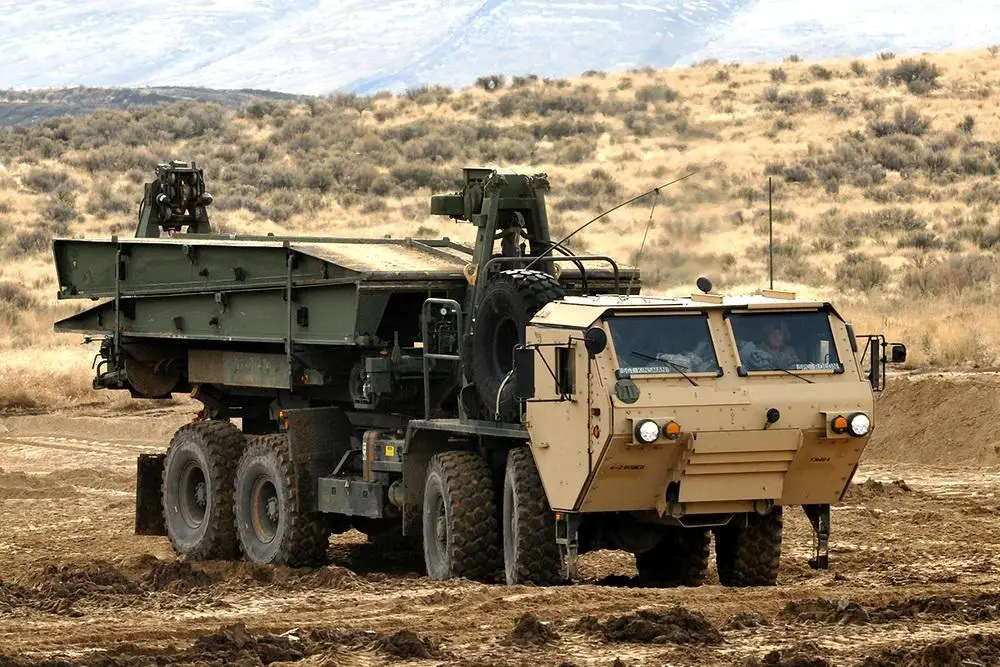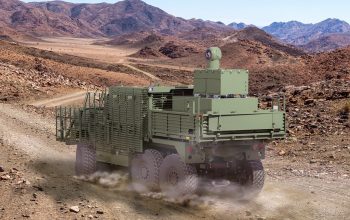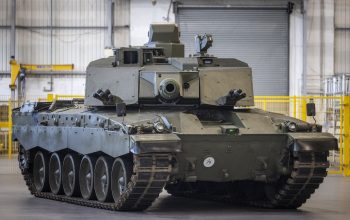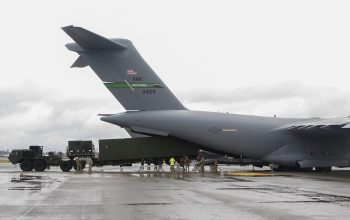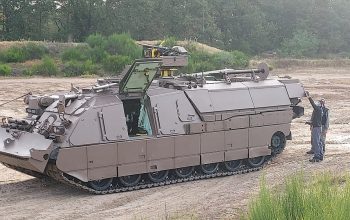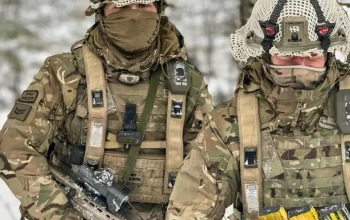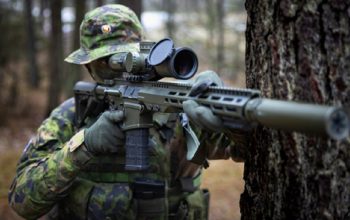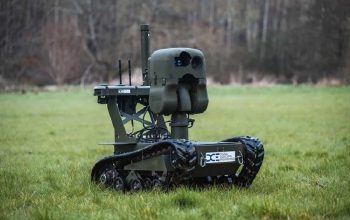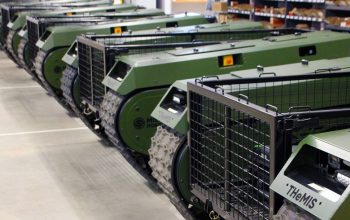General Dynamics European Land Systems-Bridge Systems, Kaiserslautern, Germany, was awarded a $20,811,869 firm-fixed-price contract for the modernization of the Rapidly Emplaced Bridge System (REBS). The REBS is a light dry-gap bridge developed by the General Dynamics European Land Systems (GDELS) for the US Army. It was designed to provide the tactical bridging capability for highly mobile mechanized infantry forces such as the Stryker brigades of the US Army. Work locations and funding will be determined with each order, with an estimated completion date of Dec. 16, 2026. U.S. Army Contracting Command, Detroit Arsenal, Michigan, is the contracting activity.
REBS is designed based on the proven BEAVER armored vehicle launched bridge (AVLB) system. REBS uses proven components and identical bridge sections. The bridge components are made of high-tensile aluminum. The expanded bridge will have an overall length of 13.8m, a width of 3.35m, a track width of 1.20m, and a height of 0.56m. The total weight of the bridge is 4,800kg. REBS allows the crossing of unprepared gaps up to 13m for vehicles weighing up to Military Load Class 50 (MLC 50). The system integrates a transport and launching pallet, launcher, launch beam, two bridge halves, hydraulic system, diesel-hydraulic power source, and electrical control system.
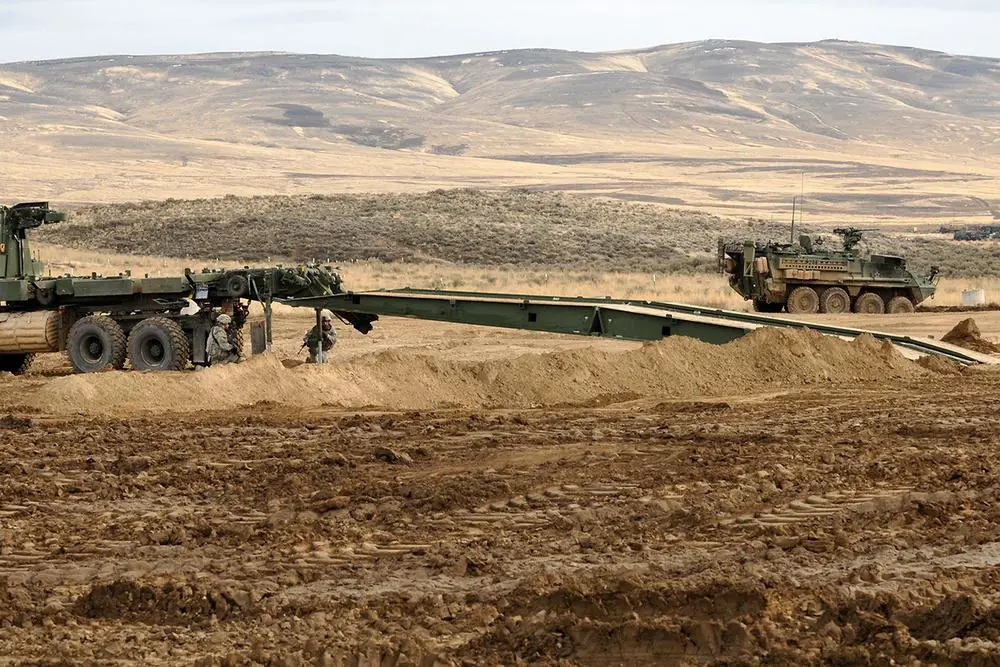
The horizontally free-launched REBS system is operated by a crew of two. The remotely controlled hydraulic launching and retrieving sequence is carried out from the truck-mounted bridge adapter pallet using an integrated launcher. The pallet can be mounted on PLS trucks within the 10t to 15t range. The REBS bridge can be deployed by various types of armored fighting vehicles using adaptable bridge launching KIT (ABLK). The ABLK enables the vehicle crew to launch the system within 30 minutes. The transport truck or the pallet-integrated diesel-driven hydraulic system provides power for the operation. The launcher pallet also features an electrical control system and an independent diesel-hydraulic power source.
The standard transporter vehicle of the REBS is the US Army M1977 CBT common bridge transporter (CBT). The REBS can also be mounted on 8×8 armored fighting vehicles such as Stryker and Piranha III. The system can be adopted by most vehicles due to its flexible size, weight, and transportability. REBS including bridge and pallet is air portable by C-130 Hercules, C-160, C-17 Globemaster, C-5 Galaxy, and Airbus A400M aircraft. The expanded bridge can also be carried as an underslung load by a CH-47 helicopter. The ABLK is air portable by any aircraft with a payload capacity of more than 1,800kg.
